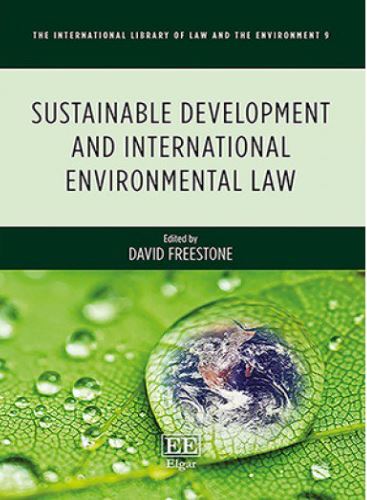We are now closed for the Christmas and New Year period, returning on Monday 5th January 2026. Orders placed during this time will be processed upon our return on 5th January.

At the time of the 1972 Stockholm UN Conference on the Human Environment, the concept of sustainable development and the subject of international environmental law were virtually unknown. Since then, the importance of the subject has burgeoned, as has the number and complexity of the legal instruments that seek to address the threats posed to the planet by humankind. Deforestation, marine pollution, climate change, loss of biodiversity and similar concerns are now familiar - and still unresolved - problems.
Together with an original introduction by the editor, this volume collects together for the first time a selection of key articles on the seminal issues of sustainable development and international environmental law, providing the reader with a solid understanding of the breadth and texture of the legal issues involved.